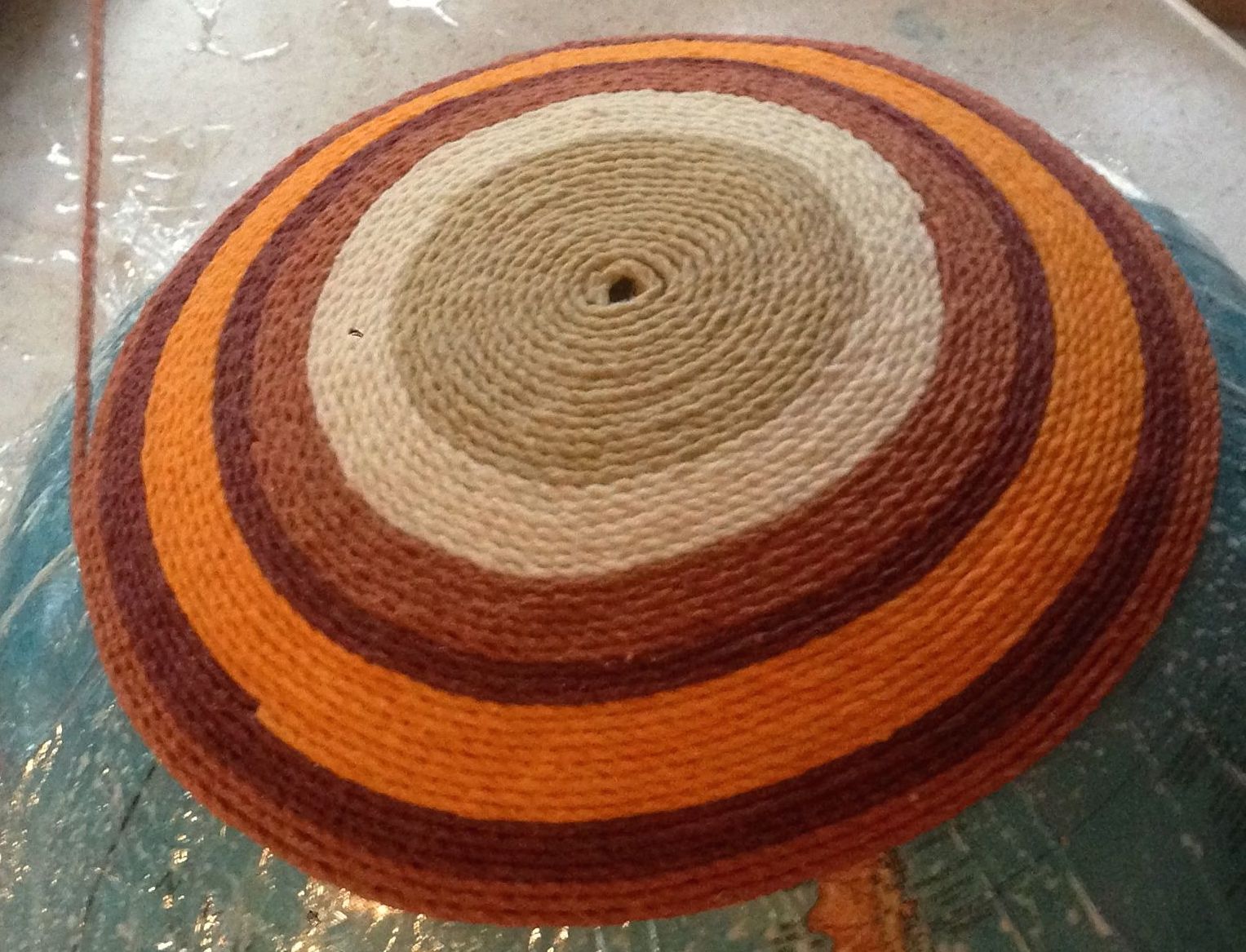How do you try out some 3D printing if you don’t have a 3D printer? Well, you could build up sculptures with a hot glue gun, kind of the same idea behind the crowdfunding hit 3Doodler. But that’s stinky and messy, and you might get burnt.
Carla Diana had the idea to make a bowl out of yarn. The filament that 3D printers use come on spools, just like yarn, thread, wire! What kinds of one-dimensional materials can you turn into sculptures?
Making yarn bowls can be great fun if you have the right materials. Make sure your yarn or twine is made of 100% cotton. Other natural materials may work. Wool may not as it repels liquid pretty well. Acrylic and other synthetic materials probably won’t absorb the glue and your bowl won’t keep its shape. Also, don’t dilute your glue too much, as you need enough to keep it all together.
The winding style pictured here, with tight rows that go bump up against one another, resembles more what a 3D printer does. But the “freestyle” version is faster and easier. Try them both and see which one you like best!
Note: The freestyle version below was made and the steps were photographed by Lena Bridonneau and Sebastien Bridonneau. The final freestyle version was photographed by Gunther Kirsch.






















